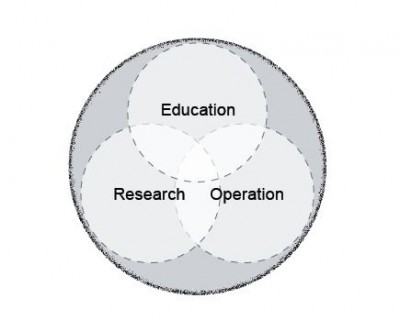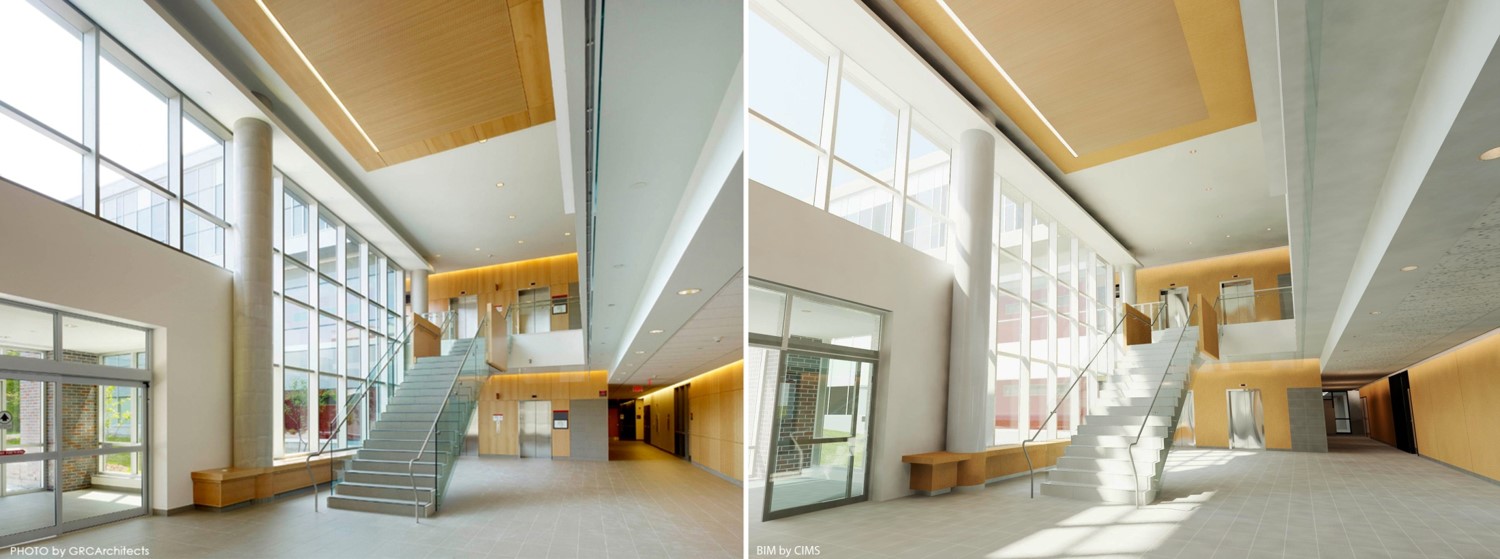Sustainability has become an important issue for universities around the world. Today, universities are embracing sustainability in various forms and degrees of commitment.
The general approach has been to turn sustainability into a key pedagogical and research topic. Thus, at the very least, most universities are creating research centers that focus on specific areas of teaching and research that range from renewable energy and waste management to sustainable design and construction.
Some universities are taking an additional step in promoting the notion of a “green campus”. These campuses have incorporated a number of performance targets into their long-term planning and operational endeavors. In this case, a campus is considered as a micro-community ecosystem that aims to reduce its ecological footprint.

The next level of commitment belongs only to a few universities where education, research and operational efforts are integrated beyond traditional boundaries of disciplines and sectors. These universities represent a more transformative approach to accelerate sustainability goals and targets by turning the entire campus into a living laboratory for experiment and discovery.
This approach essentially requires a new framework beyond existing silos that traditionally divide teaching and research from operational and planning activities.
Sustainability is inherently a multi-disciplinary issue. Thus, our future success will greatly depend on our ability to combine all efforts beyond domain-specific models of problem solving. Campuses are uniquely positioned to span across existing silos, demonstrate innovative methods, educate future generations, and inspire a broader community. There are a number of key reasons for considering a campus as an ideal living laboratory:
Knowledge:
As a place for creating knowledge, a campus already poses a great deal of expertise embedded in different departments. This pool of multi-domain expertise combined with real experiments of maintaining and operating a campus leads to knowledge capital without any precedent.
Longevity:
Studies show that a growing number of students are admitted to universities each year. This requires a campus to formulate strategies for long-term growth and development. By definition, sustainability involves consideration of future needs. Thus, a campus is an ideal platform for evaluating our approach to sustainable planning against the life-cycle transformation of existing conditions.
Scale:
A campus is a rich living dataset as it shares some of the same complexities we face in urban developments and our cities. These complexities are multi-scale in nature, ranging from equipment, occupant, and building systems to district energy, transportation, community and infrastructure. Therefore, the campus is an ideal place to study such complexities across different scales.
Impact:
A campus has a strong influence on the surrounding community and a great potential for promoting sustainable development. The establishment of a sustainable campus could be the basis of a broader sustainable development throughout the region. The DCI project has already had major impacts on Carleton and the research and development communities, including:
- Novel visualizations tools have been developed to facilitate energy-related decision-making by all campus stakeholders.
- New workflows have been developed to turn building documentation into building information models and in turn, into energy models.
- DCI researchers have worked closely with Facilities Management and Planning at Carleton to improve data availability, building operations, and design of new buildings. For instance, Carleton is now heavily engaged in using BIM for new building design.
- Numerous opportunities for energy and cost savings have been identified. As a concrete example, the HVAC-level Sankey diagram caused a discovery that the energy recovery wheel in the Canal Building was rarely operating. This single discovery has cost implications of about $15-thousand per year.
- A novel automated energy model zoning algorithm that uses principal component analysis and clustering to greatly simplify energy models for reduced modelling time (as described in Zixiao Shi et al.’s 2016 ASim paper, here).
- DCI has caught attention of many other building operators and we are currently in discussion to greatly expand the geographical scope of the project accordingly.
